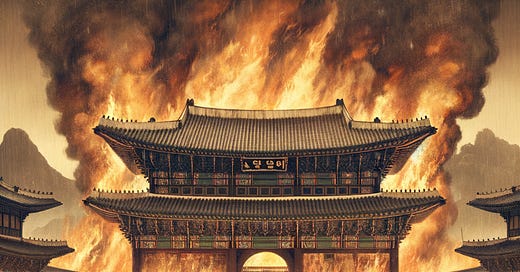From ruins to restoration: 경복궁 (Gyeongbokgung), the palace that embodies Korean resilience.
경복궁 (Gyeongbokgung), first built in 1395, stands as the main royal palace of the Joseon Dynasty. Its history, documented in the 『조선왕조실록』 (The Annals of the Joseon Dynasty), is a testament to Korean perseverance. Despite being destroyed during the Japanese invasion in 1592 and again during the Japanese colonial period, the Korean people have repeatedly rebuilt and restored it, demonstrating their commitment to preserving their cultural heritage.
Historical records detail Gyeongbokgung's original construction under King Taejo, its destruction during the Imjin War, its 270-year abandonment, and its eventual reconstruction by Heungseon Daewongun in the 19th century. The palace suffered further damage during Japanese colonial rule but has since been extensively restored, symbolizing the enduring spirit of the Korean people.
Now, I welcome you to the story of 경복궁 - a palace that, like the nation it represents, has risen from the ashes time and again, standing proud as a symbol of Korea's heritage.
Let the story begin...
Keep reading with a 7-day free trial
Subscribe to Hugo's Study Room to keep reading this post and get 7 days of free access to the full post archives.






